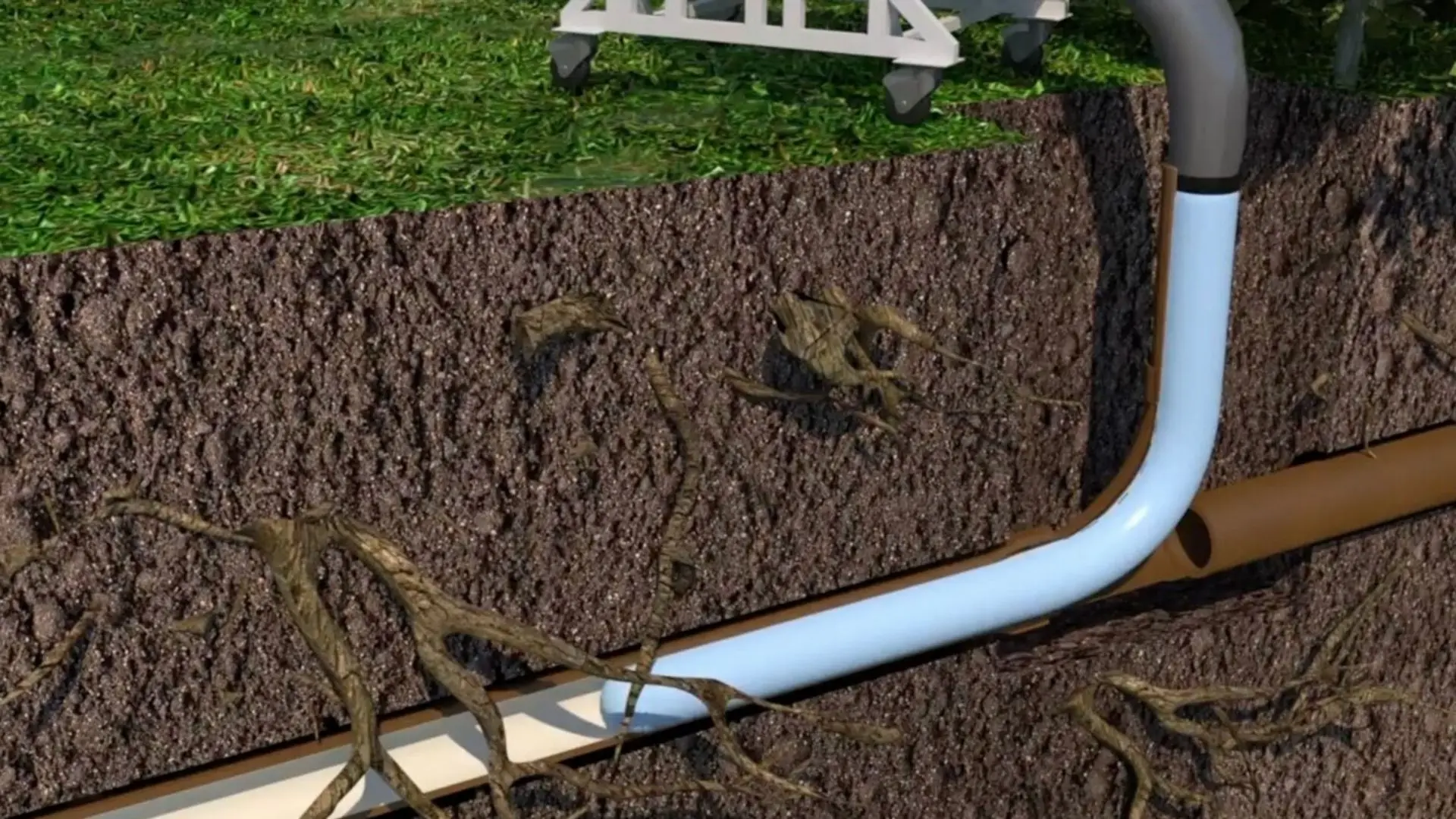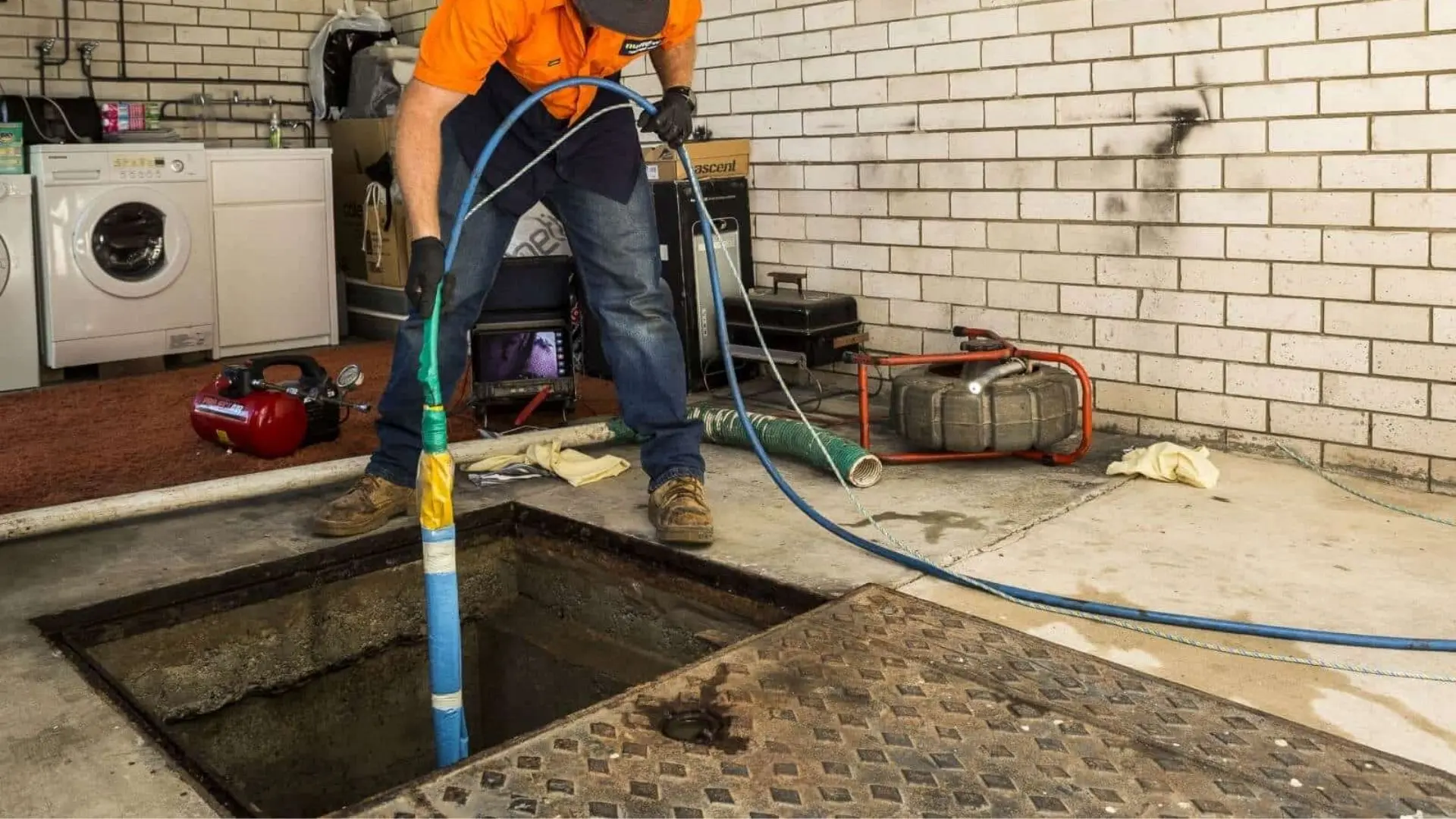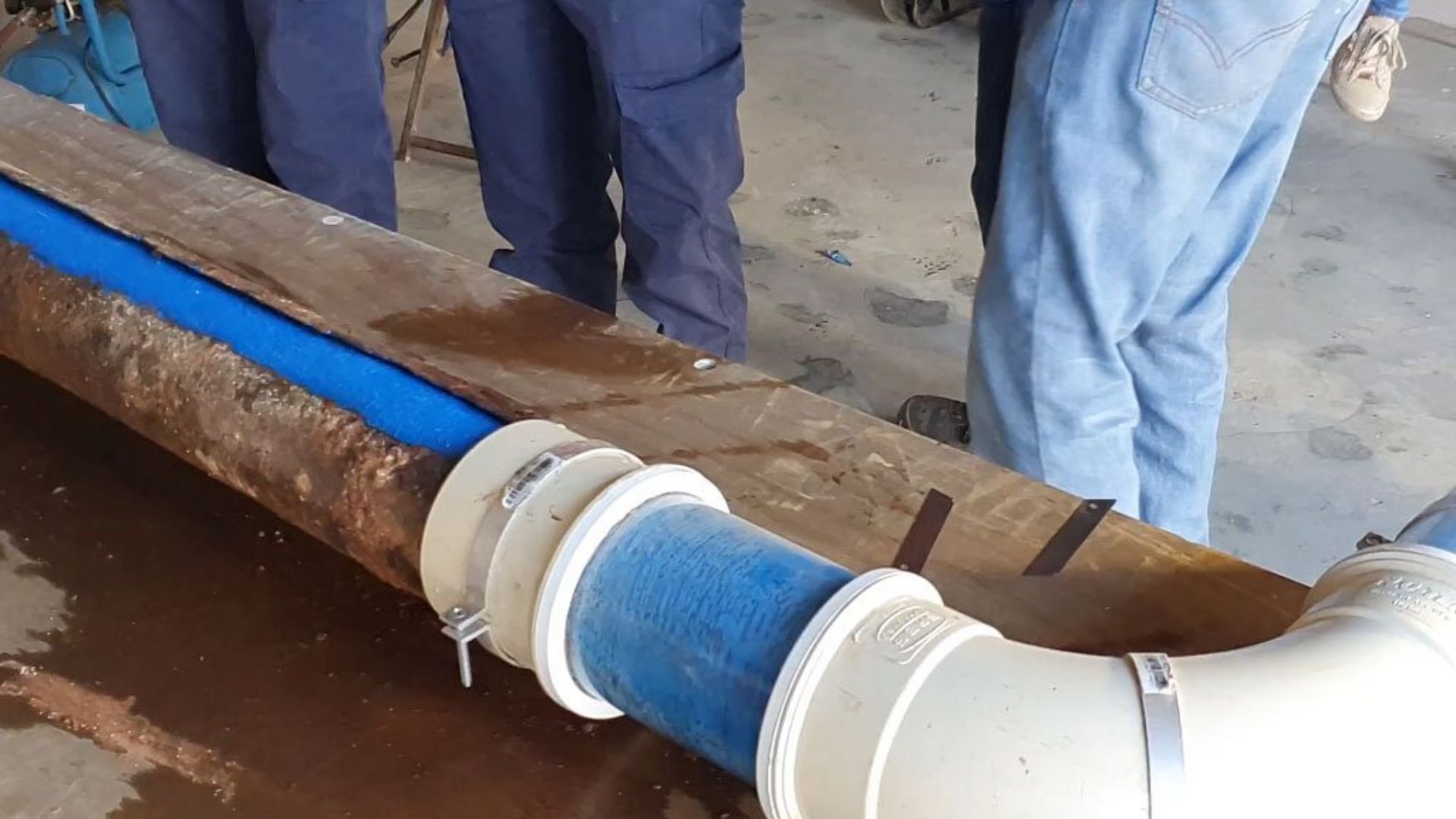No Australian homeowner would want to deal with complex plumbing systems, including a blocked or broken pipe, and if not repaired soon, it can take a nasty turn.
So, if such an issue arises, it’s best to know all the options available to fix the damage as soon as possible. You can go for pipe replacement or choose one of the most effective techniques for repairing a blocked or broken pipe, pipe relining, where the plumber fixes the structural damage in the pipe’s interior. With pipe relining to repair pipes, you create a new pipe within the existing pipe.
You can opt for sewer pipe relining even for damaged sewer pipes. Both pipe relining and pipe replacements effectively repair damaged or broken pipes. However, pipe relining is a technique that has been around for decades; many are unaware of it and prefer replacement to reline. We will be looking at how pipe relining is done, its pros and cons and pipe relining costs so that you can finally decide if it is right for you.
Alright, let’s dive in!
What Is Pipe Relining?
As Cured In-place Pipelining (CIPP), pipe relining is an effective and revolutionary method for fixing broken pipes. Skilled plumbers use this process to reline the insides of damaged pipes using a unique resin, so there is no additional cost for replacing the old pipes.
Hence, it is safe to say that pipe relining is a hassle-free and more cost-effective option to fix a broken pipe from the inside out.

How Is Pipe Relining Done?
There are various pipe relining techniques and pipe relining solutions to relining pipes. But how does pipe relining work?
The more general pipe repair method will follow the following pipe relining process:
- First, the plumber will locate and identify the damaged pipe with the help of a drain camera.
- Then, he’ll insert an epoxy resin-covered tube into the broken pipe and inflate it.
- When the tube is in touch with the pipe’s walls, the epoxy resin will adhere to it. This will form a solid protective cover inside the pipe’s damaged area and seal it, thereby fixing your pipe. Relined pipes often provide a more extended warranty.
Benefits Of Pipe Relining
In this section, we have explained the various benefits of pipe relining. Have a look!

1. Increases Flow
When epoxy resin forms a smooth lining inside a pipe, it boosts flow capacity. The magic is in how it prevents calcification deposits, which can often slow things down. You can count on it to keep things moving smoothly.
2. Stops Leaks
The epoxy seal inside the pipe walls fits snugly into all the cracks and gaps to create a sealed pipe. This means there is no chance of leakages or root intrusions in the pipe; therefore, you don’t have to worry about replacing it for a long time.
3. Long-lasting
The materials used for pipe relining are high-quality, sturdy and durable, making it a practical option for fixing old and broken pipes. After the procedure, you can be confident that your pipe will last long.
4. Cost-effective
Nobody wants to spend much on repairing pipes, which is where pipe relining is handy. You will be pleased to know that pipe relining costs don’t even amount to a fraction of what pipe replacement does. This is because, with relining, there is no use of expensive equipment for digging trenches and no additional cost of replacing damaged pipes with new ones.
5. Causes Minimal Property Damage
One of the most significant benefits of pipe relining is that it causes minimal damage to your property. Conventional pipe fixing involves digging trenches and concrete slabs to replace broken pipes. And more often than not, fixing the area that’s been dug out can be pretty messy and challenging.
With pipe relining, there’s no need for digging trenches, meaning your driveway, garden, and pathways stay intact.
Disadvantages Of Pipe Relining
Now, let us look at some of the disadvantages of pipe relining.
1. Advanced Technique
Pipe relining is an advanced procedure that needs to be done with precision; otherwise, the results might not be as effective. Using the proper method and skilled professionals, it can even be used on pipe junctions and inspection pits.
2. Permanent
Another drawback of pipe relining is a permanent fix, as the epoxy used in the procedure is a strong adhesive. So, after it’s done, it’s tough to make changes. But it will last about as long as a new pipe.
3. Not Compatible With All Pipes
Unfortunately, pipe relining doesn’t work on all incredibly fragile pipes. This is because a necessary procedure to clean out the pipes before pipe relining is that fragile pipes tend to get damaged when cleaned with hydrojetting. Also, it doesn’t work on lines that measure less than 2 inches in diameter.
4. Cure Time
The epoxy resin used in pipe relining can take up to 24 hours to cure, so you must wait an entire day before using the pipes. However, it’s still faster than the traditional methods.
But if the pipe is repaired using pipe relining, it will be fully functional within a few hours, with pipe replacements taking longer to produce usable pipes. Pipe relining makes more sense when the time is limited.
Pipe Relining Vs Replacement
While pipe relining seems to be a better option than replacement in most cases, if there’s significant damage to the pipes, this technique might not suffice. Hence, it is imperative to have a trained plumber check the intensity of the damage to determine whether relining is possible. If not, you will have no option but to opt for a replacement.
Frequently Asked Questions (FAQs)

These are some frequently asked questions about pipe relining that we have tried answering to the best of our ability. We strongly recommend reading them carefully.
1. How long does pipe relining last?
One of the best things about a relined pipe is that it does not rust easily with time because of the durable epoxy resin used to seal it in place. Hence, you can expect it to last between 20 and 50 years.
2. What is hydro jet plumbing?
It’s a procedure before pipe relining, where a highly pressurised stream of water is used in damaged pipes to clear out debris and other blockages. But remember that it is essential to assess the pipe’s condition before hydro-jetting; otherwise, it may further damage the pipes.
3. What types of pipes can be relined?
The types of pipes that can be relined include concrete, cast iron, copper and PVC pipes.
4. How reliable is pipe relining?
Even though this technique is considered new in most parts of the world, it is widely used in Australia and the US. So, it is safe to say this method is reliable and delivers durable and long-lasting protection to pipes.
5. How long does it take to complete a successful pipe relining procedure?
Pipe relining is an effective and fast procedure; it usually doesn’t take more than a day to complete.
Pipe Relining Your Damaged Pipes
Is pipe relining right for you? Is pipe relining worth it?
Let’s face it: pipe replacement and pipe relining are labour-intensive jobs (e.g., sewer pipe, stormwater pipe, internal pipe, etc.) and hence, a Sydney pipe relining project is only recommended as a measure of last resort. However, we suggest pipe relining first as it is more cost-effective and causes minimal property damage than pipe replacement.
It’s best to get a professional in as soon as you spot plumbing issues. They’ll assess the damage and help you decide between relining and replacement, tailoring the solution to your specific needs.
Reach out to us for your pipe relining job and drain repairs. No matter how small or big your plumbing issues are, we have the right solution.
On that note, it’s a wrap. Until next time, bye!














